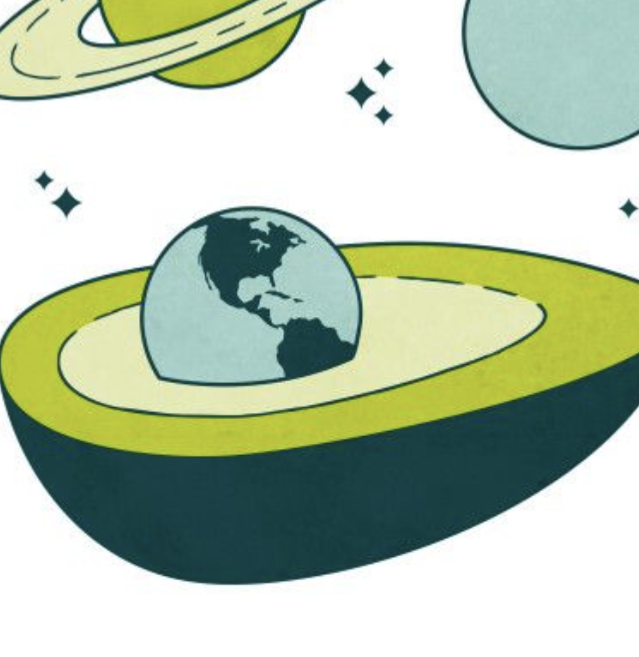
We introduced a ton of clover into our lawn 4 years ago and have been letting it self-seed & spread. It’s been great.
My boomer-y neighbors don’t like it and make comments, but ours is the only green lawn for several blocks because it hasn’t rained for shit all summer. Plus we have wildflower areas so we also have all kinds of bumblebees, butterflies, and dragonflies cruising around.

We’ve tried both clover and thyme, but we can’t get them to really take off. But I think we just weren’t doing enough at a time and wildlife was eating it all. Our current course of action has been killing sections of grass with a tarp, then planting the clover and our first patch is doing well.

You do need to water it pretty aggressively at first, or be lucky and have daily rain for about a week. ALSO, the first year is kinda underwhelming in general. It really tool off in subsequent years for us. This is our fourth (I think?) year of the clover lawn and it’s really nice now.
Good luck with yours!

A tick wrote this post

Yea a lot of people are clueless to how much of an effect lawns have on keeping pests away from the house. Mice love living in tall grass while using your house as a buffet and bathroom.

Mice also get eaten by the various predators that would move in to eat them.

An actual ecosystem would keep the tick population down though, but also if you don’t have deer regularly roaming through your front yard you should be fine too

I’m laughing way too hard at this.

Opossums ready to eat
I grew up in a rural area where most lawns had lots of clover, wildflowers, stuff like that. Never realized that’s considered “unusual” until I left the area and realized, “wow, most suburbs don’t have that!”

I was talking to a guy at my neighbor’s party and he asked how I keep my lawn looking so good. I said “I mow it infrequently, keep it long, and don’t try to get rid of weeds.” In the hottest part of the summer mine still looks good, and it’s full of clover and dandelions for the bees.

I’m trying to get that. The red clover took over and the bees love it.
I showed this to my city’s By-law officer. No luck…

It might help to make it look more intentional, such as a bordered flowerbed with native plants in it that just happens to be the size of most of your front lawn.

Good job at least trying to do something. My current city and previous home city have finally started doing more native plantings and my current local city’s uni has started up a significant prairie restoration project right outside the city. There are also a few small prairie restorations going on inside city limits mostly in the burbs where there’s space but I can’t seem to find out what org is running them.

living in North American style suburbia 🗿

A colorful biodiverse lawn is nice and all, but I’d prefer not to be harassed by all my neighbors, eaten alive by bugs, and be unable to use the lawn for anything other than looking at and feeling smug.

That’s funny because that’s exactly how lawns were created - to showcase that lords were wealthy enough to waste land rather than use it for food production. it’s essentially the ‘smash a bottle of expensive champagne challenge’ of the feudal period.

I thought lawns were placed around castles so that besiegers couldn’t get any cover nor have lumber for siege weapons.

This is hypothesized as to how they began, but back then they wouldn’t have used turf grass, the just cut down the trees and kept vegetation low. It was an entirely tactical use though. Then it’s believed that the concept at some point started morphing more into a sign of prestige and initially would have primarily consisted of low growing vegetation like thyme. Then of course eventually turf grass was introduced and the concept migrated around to various parts of the world. It was considered a sign of prestige since it was a lot of manual work and it generally meant you had to be able to afford a groundscrew to keep it consistently maintained. There was also the fact that you were showing people you didn’t need to use your own land for food production.
Then some time in the mid-1800s, rudimentary push mowers were invented and it began to become more accessible. By the mid-1900s almost every new American housing development had a lawn since the technology had become advanced and accessible enough for any middle or working class family to maintain a lawn on their own. This was also influenced by marketing and suburbanization.
So while it is believed the concept of a “lawn” started as a tactical defense mechanism, the modern concept is more closely and directly related to the rich/nobility using them as a status symbol. IMO they’re clearly still used as status symbols since it’s exceptionally common for people to judge others for how pristine their turf grass lawn is maintained. I’ve even recently had someone mention to me that they know how to tell who the trash is in the neighborhood based on their lawn. I know they’re also used for recreation, but that can even be considered as part of the status symbol aspect as a poor person might not have a lawn and would have to go to the park with the other lawnless riffraff for their recreation.

Get clover and creeping thyme. Neither grows tall and both stay green without really any watering.

Nice try EpiPen.

If you dont atleast have 1 part of your garden unmowed youre a weirdo with bad taste to me

Second photo reminds me of when I visited the Scottish Highlands and I miss it so bad.
